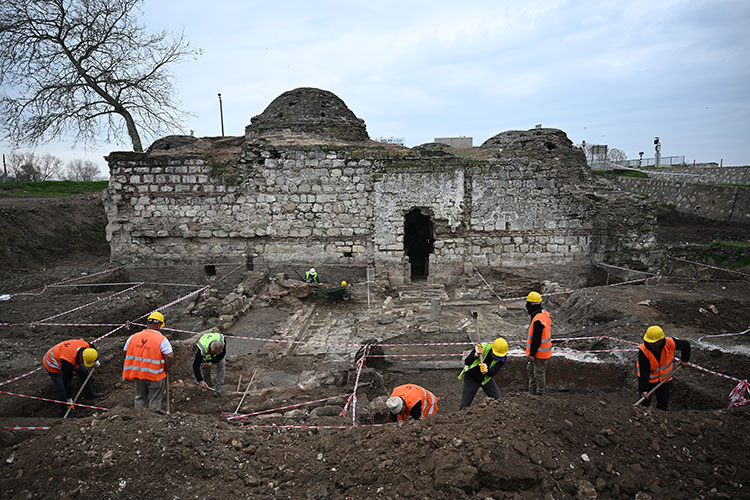
500-year-old Gazi Mihal Bath to be transformed into a ‘fragrance’ museum
The 15th-century Ottoman masterpiece, Gazi Mihal Bath, will be transformed into a ‘Fragrance’ or ‘Cheese’ museum after its restoration. The Gazi Mihal Bath was commissioned by Gazi Mihal Bey in 1422. It is located along the Tunca River on the Edirne-Kapıkule road and is part of a complex that includes a bridge and a mosque.
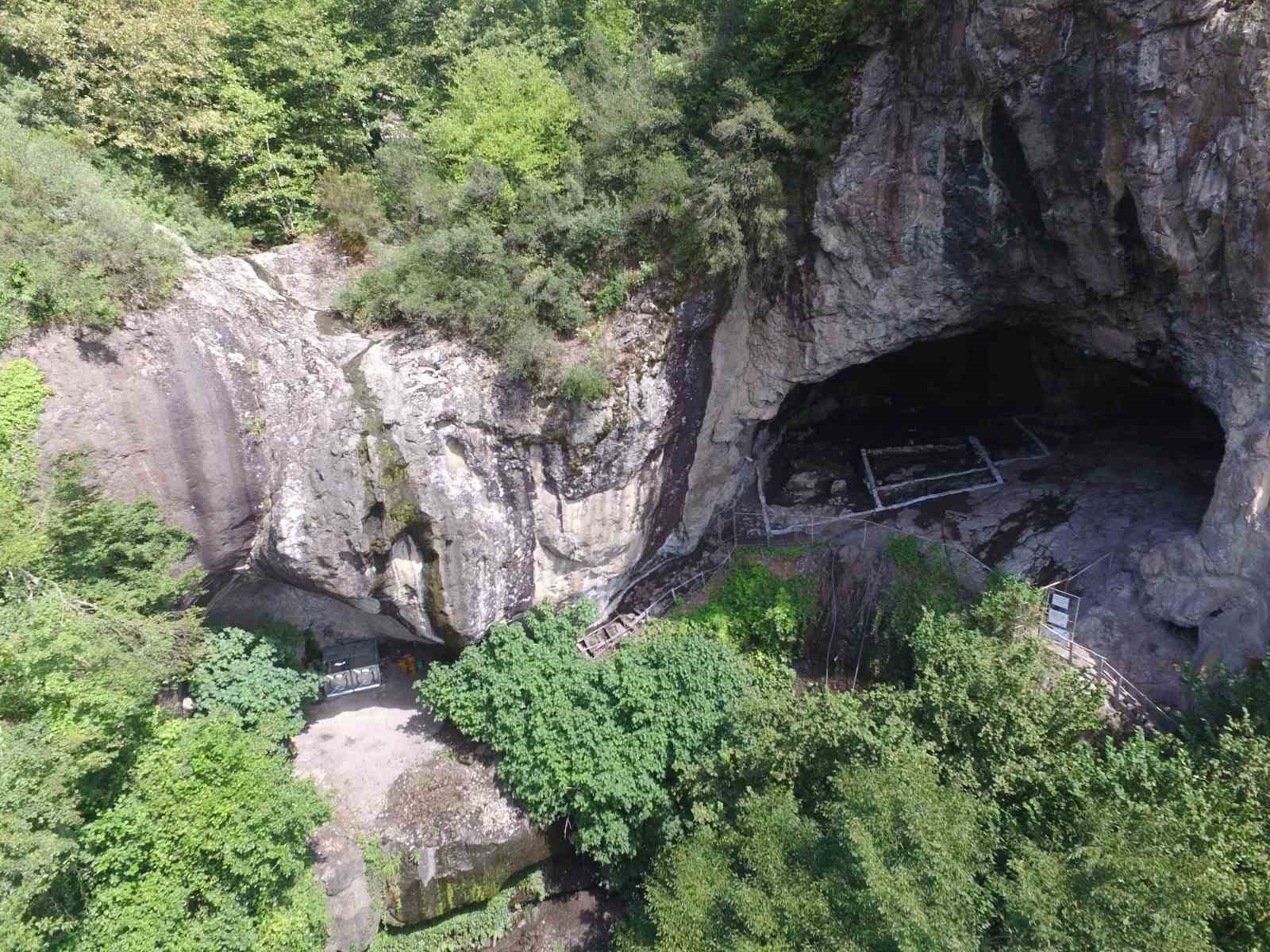
First archaeological evidence of the Kaskas, the Hittites’ fierce enemies, discovered
The Kaskas, known as the relentless enemies of the Hittites who established the first central state in Anatolia, have long remained shrouded in mystery. Residing in the Black Sea region, these tribes continuously launched raids into Hittite territory, becoming a persistent thorn in their side. Until now, archaeological findings related to the Kaskas had not
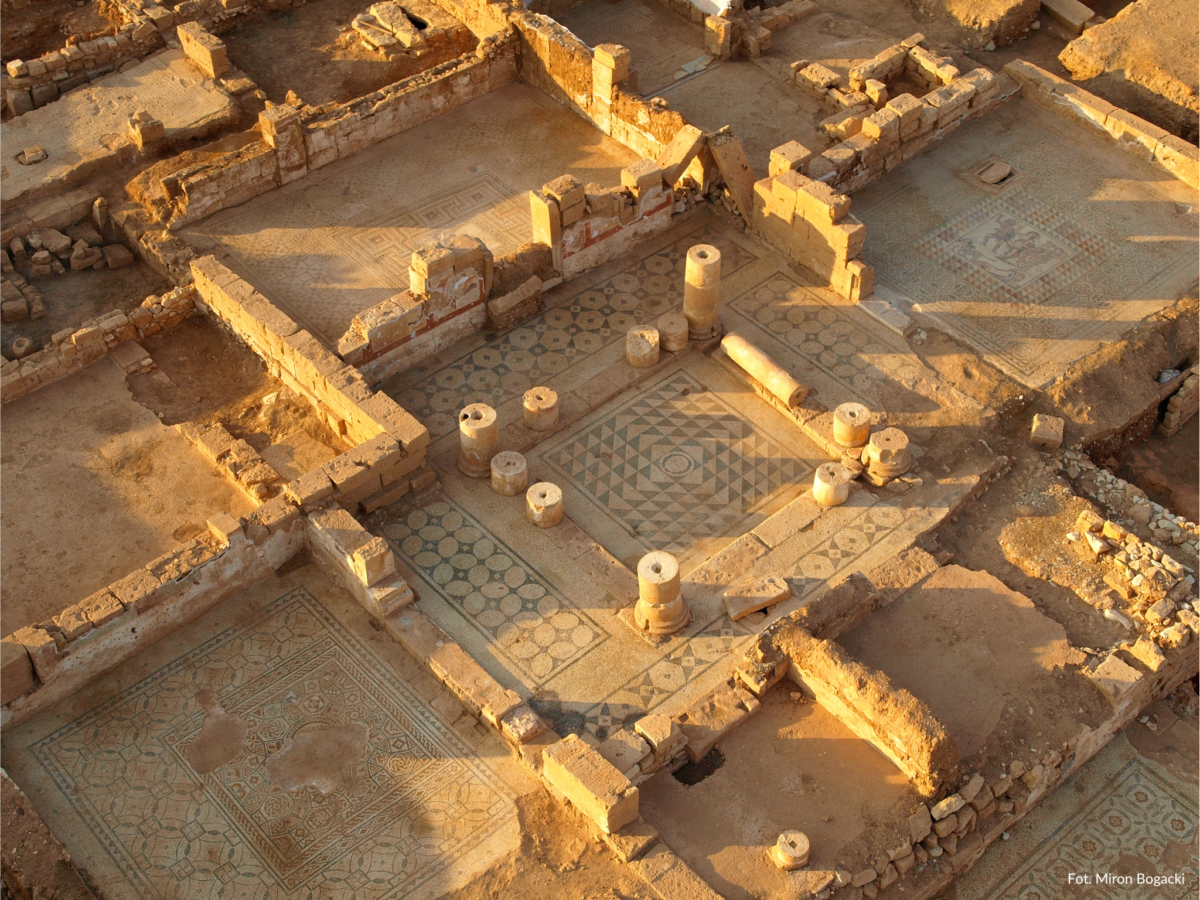
Ancient Residence and Mysterious Mask Discovered in Libya’s Ancient City of Ptolemais
In an exciting archaeological discovery, researchers from the University of Warsaw have found a residential complex featuring an advanced drinking water collection system and a mysterious mask in the ancient city of Ptolemais, located on Libya’s Mediterranean coast. This significant find comes after a thirteen-year pause due to the Libyan civil war, with archaeologists returning
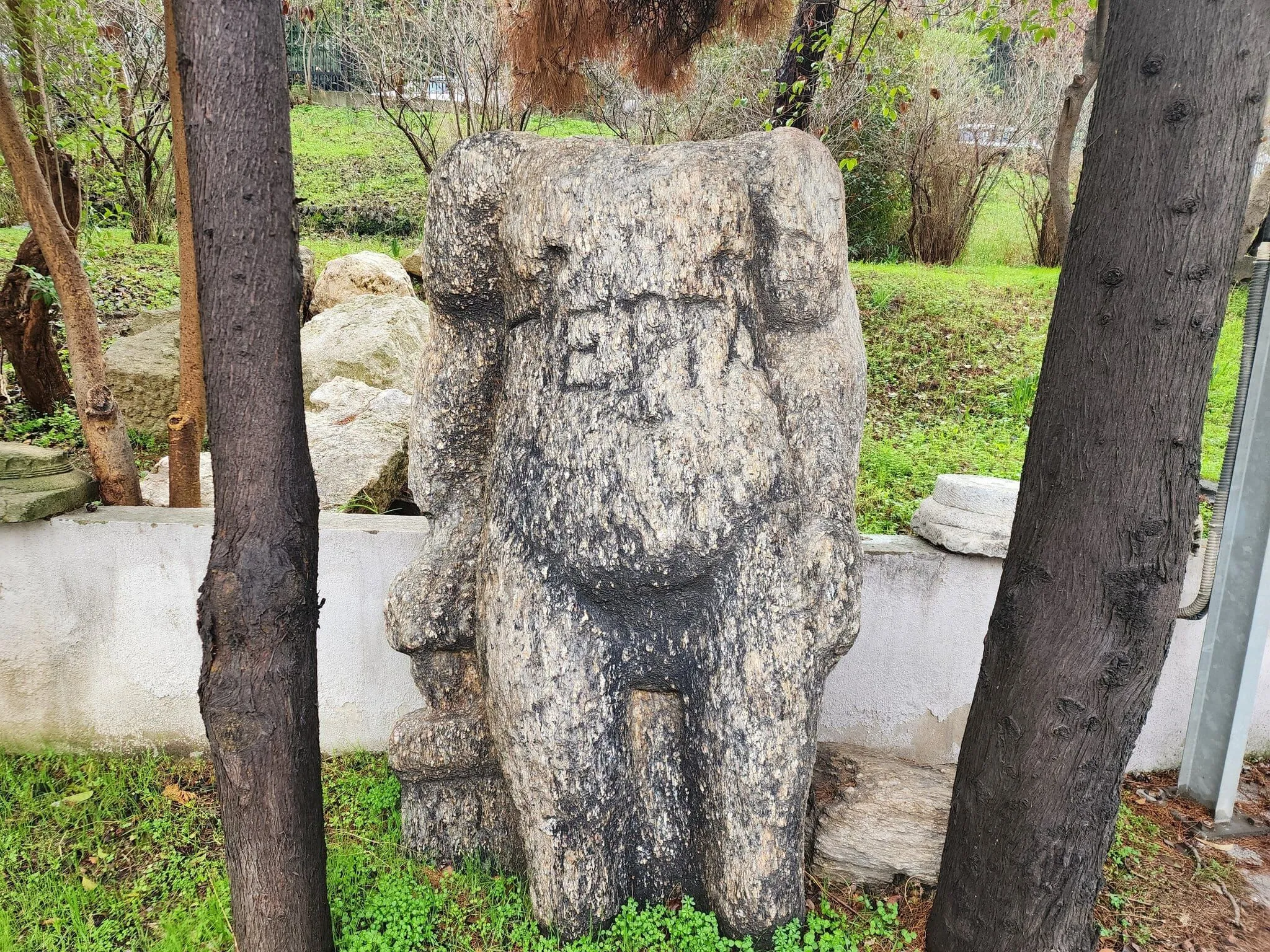
Gerga Inscribed Monumental Statue Found in Farmhouse 14 Years Ago Left to Its Fate
The Gerga Monumental Statue, stolen from the ancient city of Gerga in the Karia region, has been left to its fate after being discovered 14 years ago in a farmhouse. Rescued from antiquities traffickers, the Gerga statue was initially handed over to the İzmir Archaeology Museum, where it was stored in a neglected corner. Recently
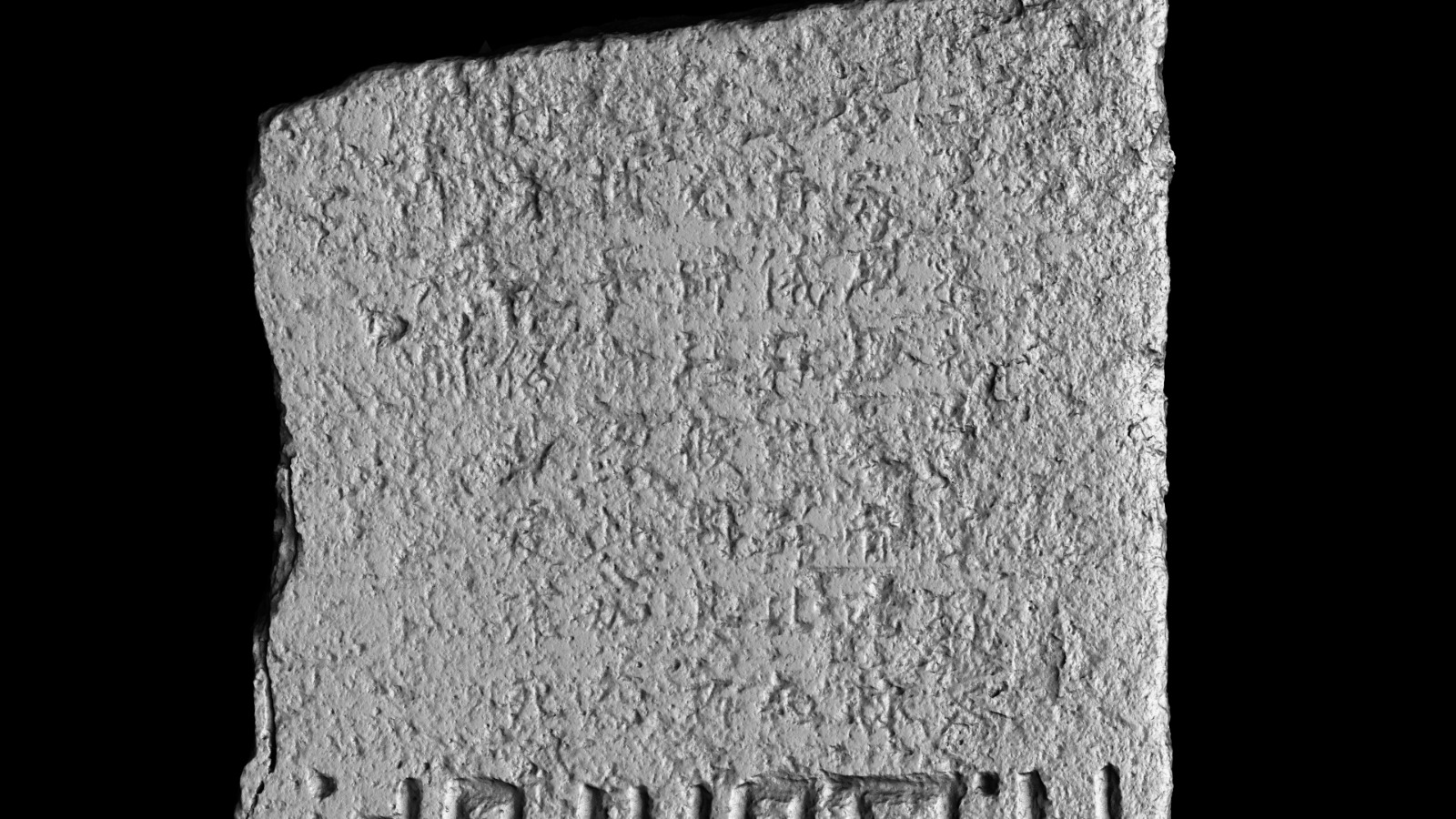
The Name ‘Turk’ Confirmed in the Oldest Written Monument of the Göktürk Period
The Turkish Academy and the Archaeology Institute of the Mongolian Academy of Sciences have made a significant discovery during their joint excavation work in 2022. They uncovered the upper part of an inscription and the mausoleum of İlteriş Kutluğ Kağan, the father of notable Göktürk rulers Bilge Kağan and Kül Tigin. This inscription, dating back
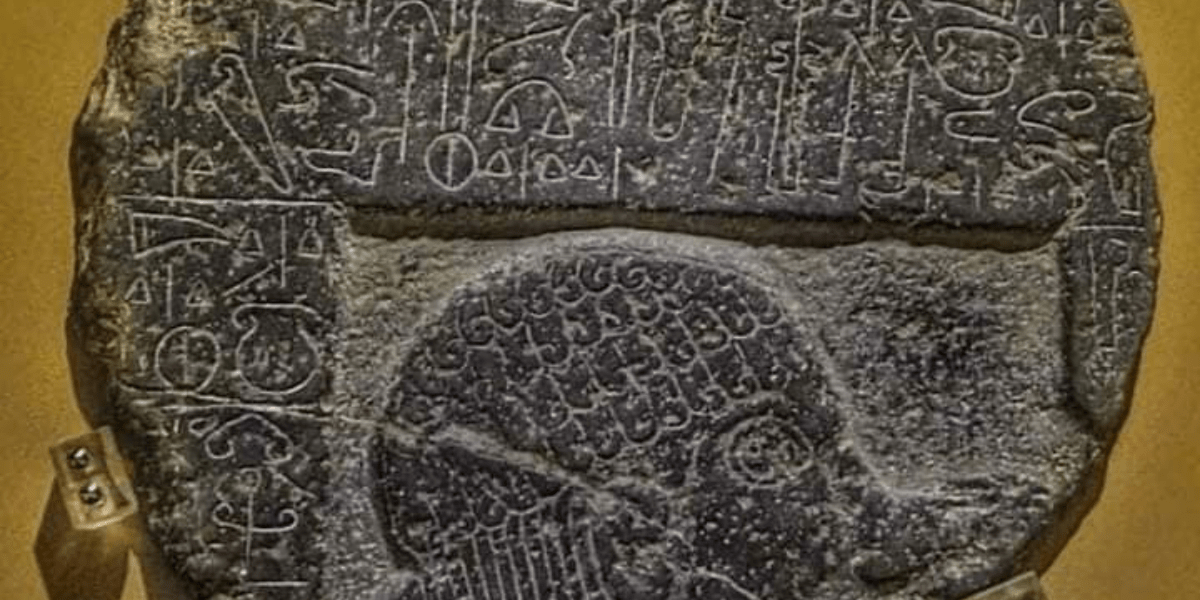
The 2,800-year-old Hittite period Andaval relief discovered at the foundation of a church
The Andaval Relief is an important historical artifact located near the village of Aktaş in Niğde Province, in the Central Anatolia region of Türkiye. It was first discovered in 1890 by W. M. Ramsey in the floor of a church approximately 9 km northeast of Niğde. The stele piece has a circular shape with a

Hieroglyph meaning “city” in the Luwian language spoken in Anatolia deciphered
A research team led by Petra M. Goedegebuure of the University of Chicago has published a groundbreaking study in the academic journal Anatolian Studies on the Luwian language for ‘city’ spoken in ancient Anatolia. In addition to providing a thorough linguistic analysis of the term in question, this study investigates the cultural and social meanings
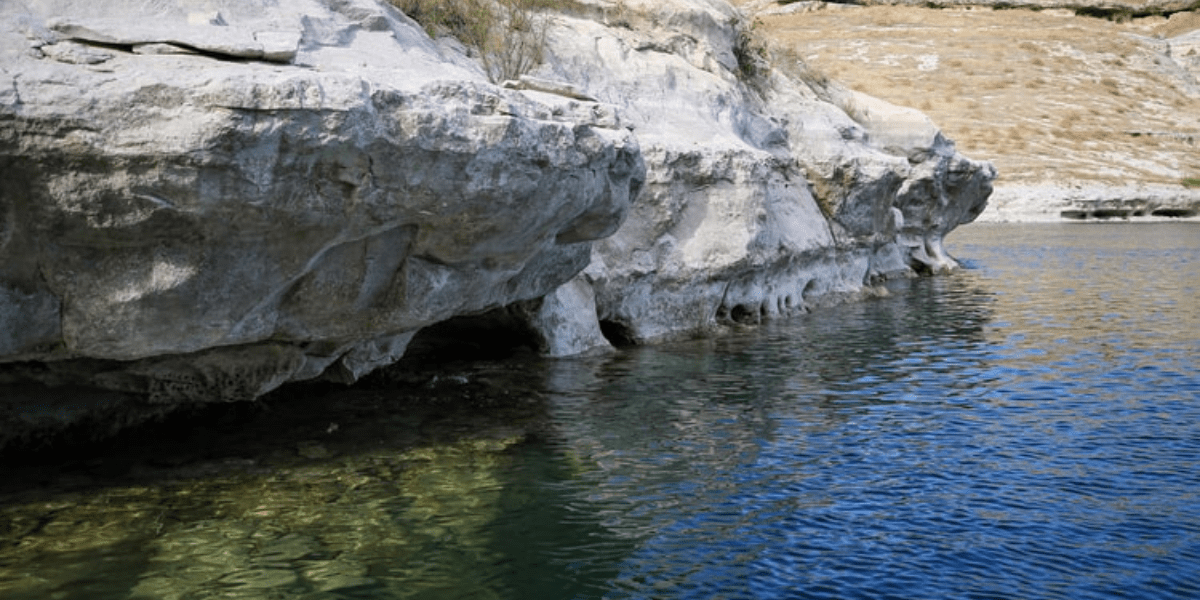
A 3,000-year-old settlement area has been discovered on the shores of the Atatürk Dam, which is built on the Euphrates River
A 3,000-year-old settlement area has been discovered on the shores of the Atatürk Dam, which is built on the Euphrates River in the Southeastern Anatolia Region. The Atatürk Dam was built between the provinces of Adıyaman and Şanlıurfa as part of the Southeastern Anatolia Project (GAP). The discovery of the settlement was made by the
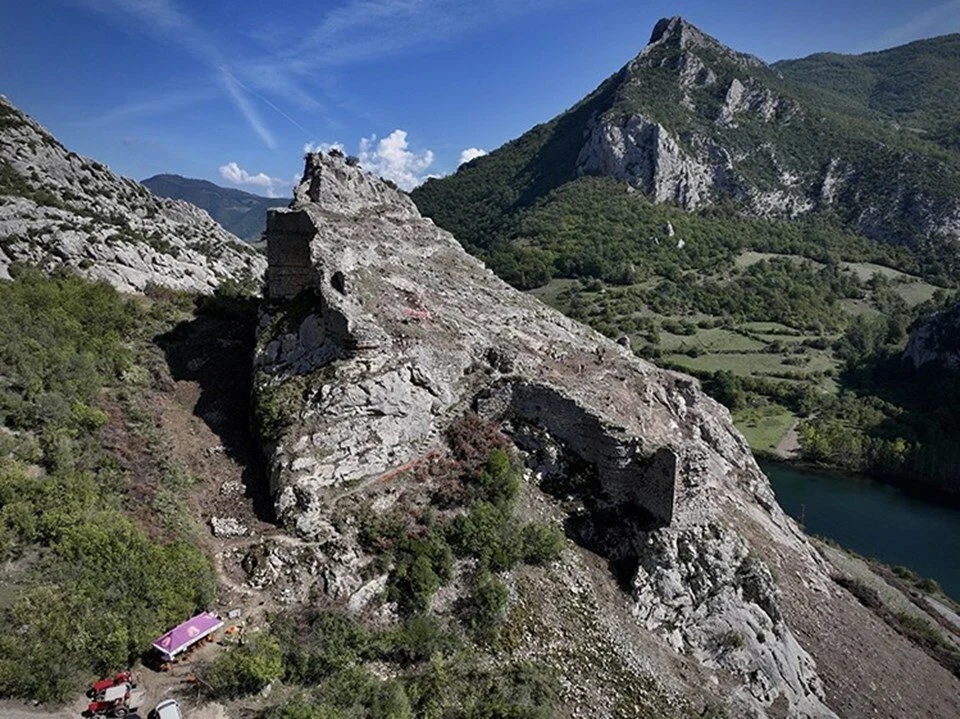
The excavations at Asarkale are expected to shed light on the history of the region from the Hellenistic period to the present
The archaeological excavations that have begun at Asarkale, located in Samsun province in Türkiye’s Eastern Black Sea region, are expected to shed light on the history of the area from the Hellenistic period to the present. Asarkale was built by King VI. Mithradates Eupator of Pontus. It is known as one of the 56 castles
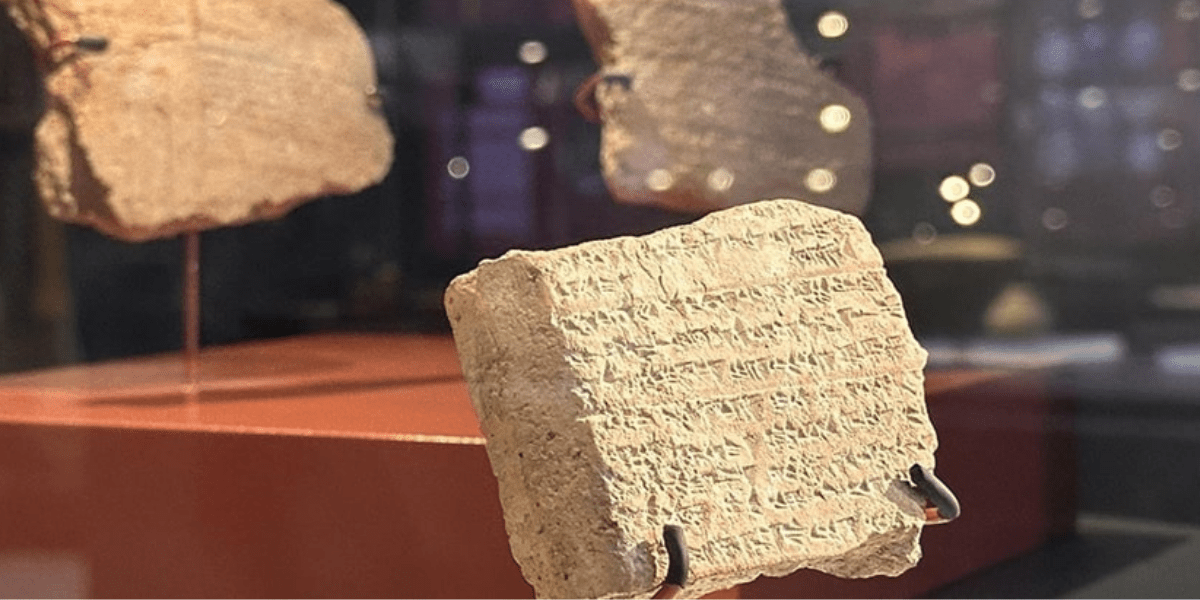
27 cuneiform tablets providing information about the sacred Hittite city of Nerik have been discovered at Oymaağaç Mound
27 cuneiform tablets providing information about Nerik, the sacred city dedicated to the Hittites’ chief god Tešup, have been discovered at Oymaağaç Mound. Oymaağaç Mound is located in the Vezirköprü district of Samsun today. Assoc. Prof. Dr. Mehmet Ali Yılmaz, a faculty member in the Department of Archaeology at Ondokuz Mayıs University and the Deputy
